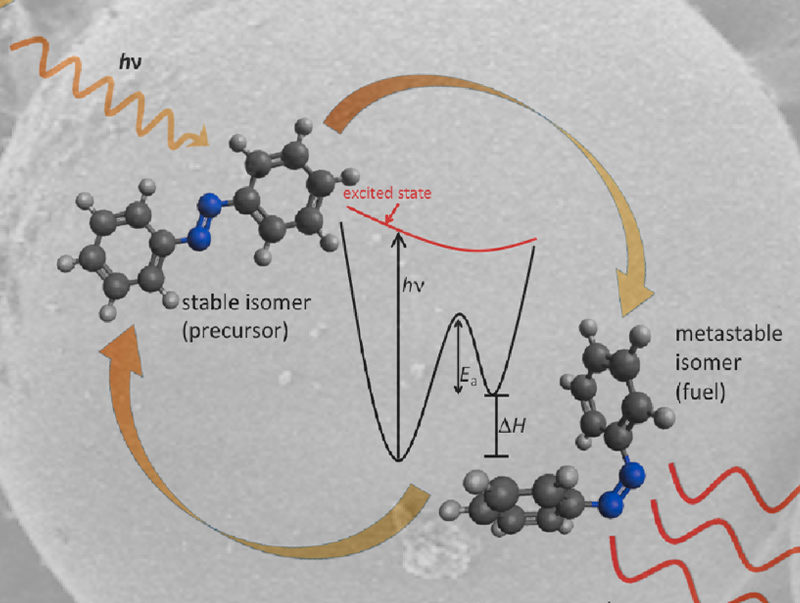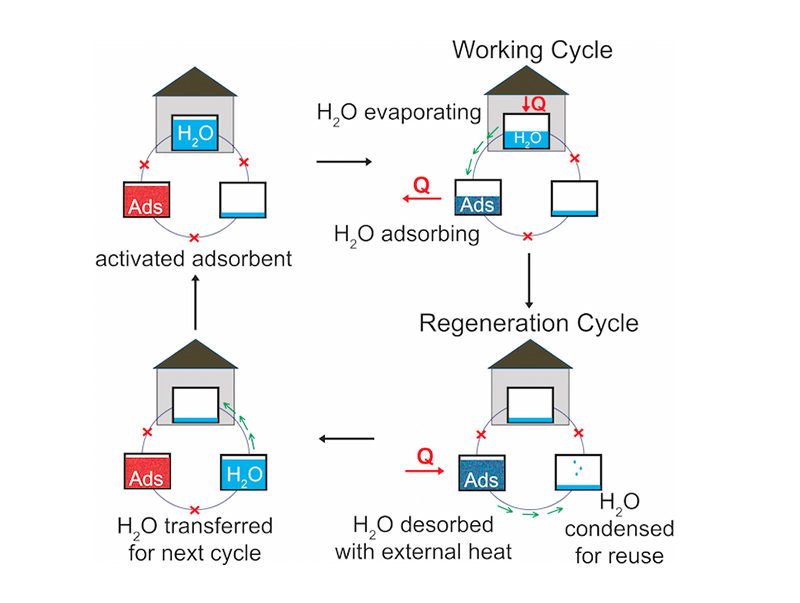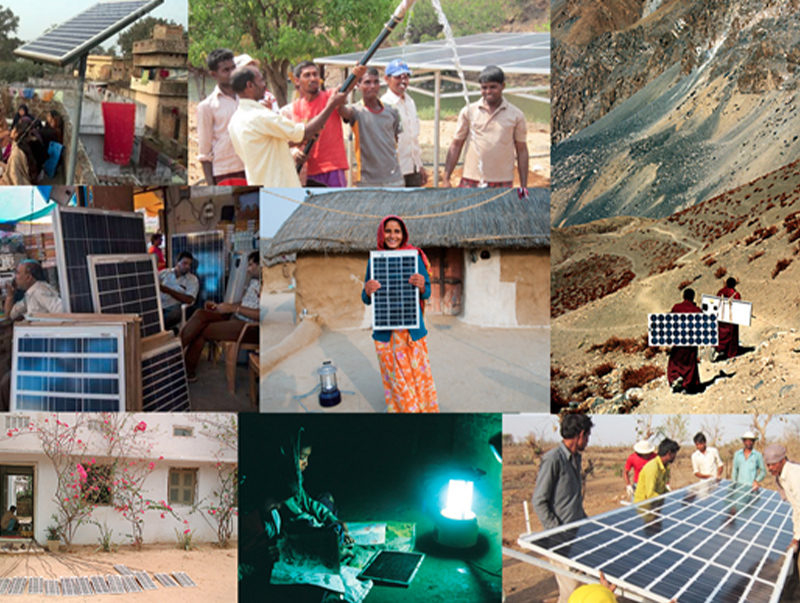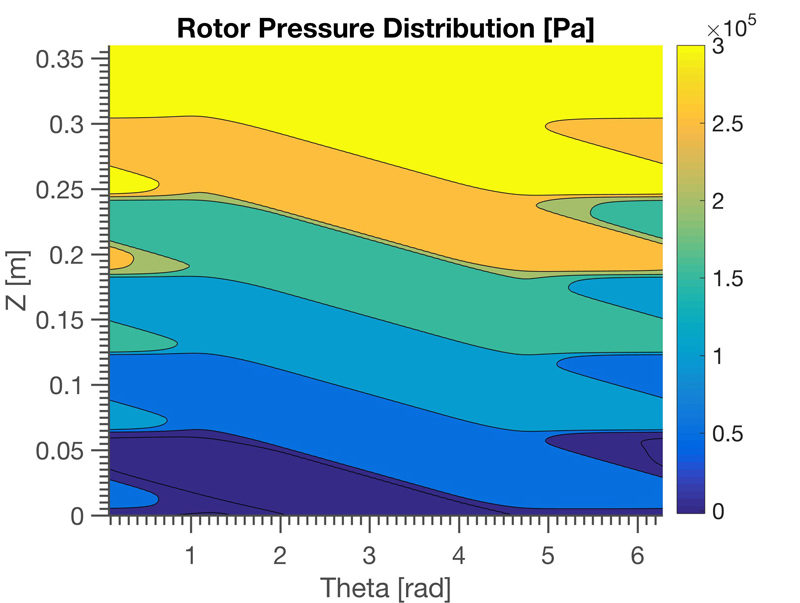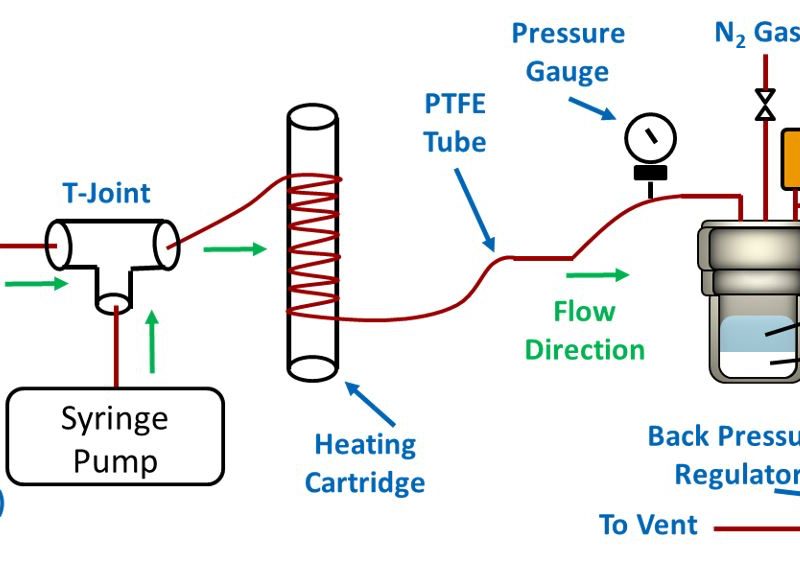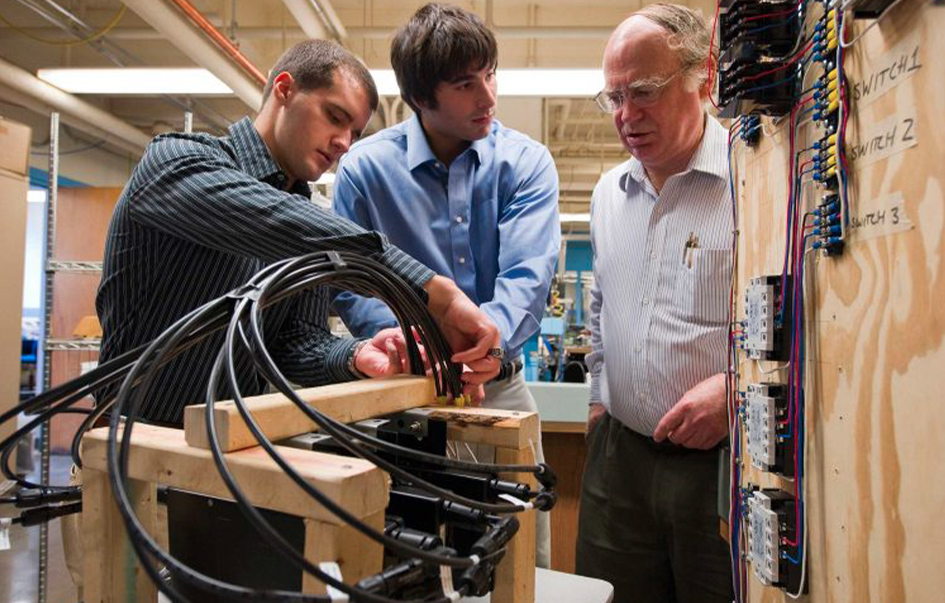
On July 30th, 2012, the largest power outage in history hit northern and eastern India, leaving more than 600 million people in the dark. Meanwhile, smaller power cuts and blackouts are a daily occurrence in cities and towns nationwide. Such outages are not only due to demand from the large population of India but also inefficiencies at both the distribution and end-consumer levels. Hundreds, if not thousands, of terawatts of energy, could be saved annually by adopting efficient appliances at the consumer end.
One inefficient appliance widely used in India is the ceiling fan; these account for more than 6% of the residential primary energy use in India, and that number is expected to rise to 9% by 2020. Studies on the potential global benefits of improving ceiling fan energy efficiency argue that ceiling fans can be improved by at least 50% using commercially available technology, and that if those efficiency improvements were implemented in all ceiling fans sold in India by 2020, more than 33 terawatts per hour (TWh) of energy could be saved and 30 million metric tons of carbon dioxide could be avoided annually.
The most common motor technology used in ceiling fans in India is the conventional split phase start, single phase induction motor. Our proposed solution is to convert the conventional split phase motor into a two-phase motor driven by a power electronic circuit. The power electronics will enable us to improve the efficiency of the motor as well as its power quality, boosting the overall performance of the motor.
A simulation model for the proposed design is currently being developed. The aim of the simulation model is to facilitate a rigorous design and provide an exact model of the proposed motor. The next stage will be to develop an experimental prototype that validates the simulation.
The proposed motor is designed to have a power consumption of less than 30 W, and if adopted in all ceiling fans in India, is expected to lead to energy savings of more than 35 TWh/year.




